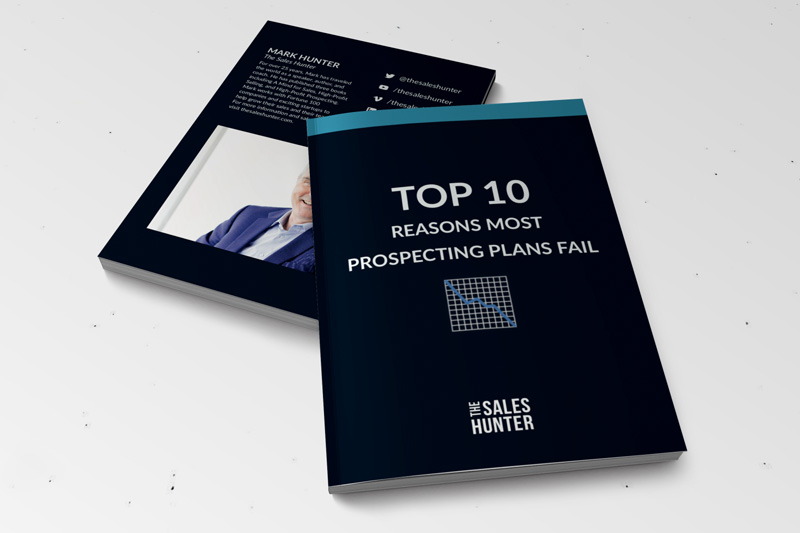 This is just another one of the questions I get asked frequently as I work with salespeople and companies trying to understand how to close more sales without discounting the price.
This is just another one of the questions I get asked frequently as I work with salespeople and companies trying to understand how to close more sales without discounting the price.
Your customers are willing to pay more IF — and it’s a big IF — you have the right customers.
Too many times companies fall short in getting the price they want because they don’t have the right customers.
There’s an old expression — You can’t get blood from a turnip. The same thing applies to your customers with regard to price.
Question you have to ask, regardless if you’re selling B2B or B2C, is why are they buying?
There are three main reasons why people buy, and understanding each one will impact dramatically how you deal with them.
The three main reasons are:
- Replacement / Replenishment – Buying because their current supply is running out or is obsolete
- Risk / Problem Correction – Buying because they have an issue they need fixed
- Improvement / Opportunity – Buying to improve their current situation or taking advantage of something
Depending on why the customer is buying is going to alter dramatically your value proposition and ultimately your price. Now you can begin to see why the type of customer you have is going to impact significantly the type of price you can get.
Each of these three reasons also comes with the element of time, which in turn will impact the price you can get.
“Replacement / Replenishment” is naturally the easiest to close, but also most likely has the greatest number of competitive options unless what you sell has a distinctive advantage. Rule for any value proposition: If you want to maximize price, you must be able to present a distinguishable difference.
“Risk / Problem Correction” requires your value proposition to be focused on creating confidence with the prospect. If the customer is already facing a risk, it means they are going to be even more focused on having confidence that they can find a solution to the problem.
“Improvement / Opportunity” not only requires confidence, but also is going to entail educating the customer as to how and when they will be able to benefit from what you have to sell.
How does what I’m saying have anything to do with the first question: Will my customers pay more than I’m currently asking?
If you don’t know which one of the three reasons the customer is looking to you to help them with, you won’t know which value proposition to use.
Not only will you not know which value proposition to use, but you also won’t understand the timeframe the customer is facing.
A major mistake salespeople make is they assume a customer’s hesitance to buy is centered around a price that is too high. In reality, the hesitance is not the price, but the timing, and this can come back to the reason why the customer is talking to you in the first place.
Be sure to keep reading this blog as I’ll be writing more on the subject of pricing and in particular value propositions.
If you haven’t already, read Will I Sell Less if I Raise My Prices.
Copyright 2014, Mark Hunter “The Sales Hunter.” Sales Motivation Blog. Mark Hunter is the author of High-Profit Selling: Win the Sale Without Compromising on Price.













